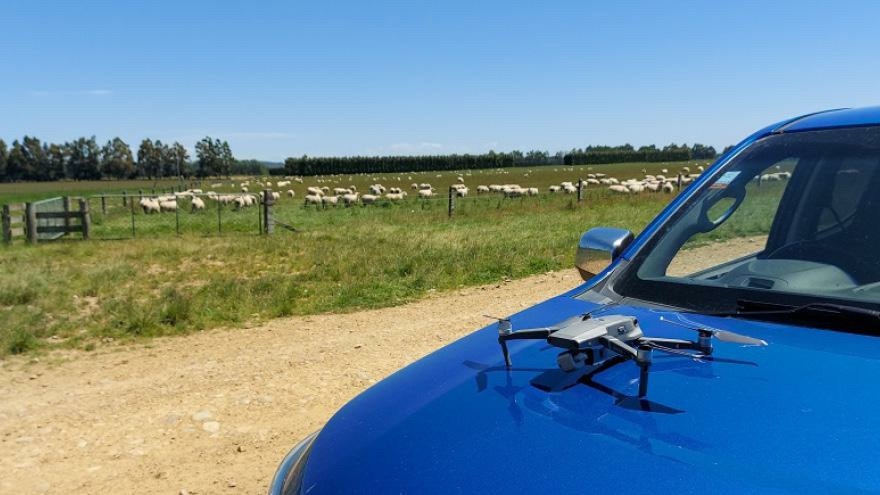
Farm drainage design fit for the future
In recent years across New Zealand floods have occurred in Southland, Whangarei, Hawke’s Bay, Canterbury, Gisborne and Marlborough. For farmers in these areas, having the right drainage assists with minimising stock losses and damage to the land, and can enable a quick return to day-to-day operations.
To prepare for heavy rainfall events, the best strategy is to ensure your property has an effective farm drainage system capable of removing excess surface and subsurface water from paddocks within 24 to 48 hours. Such a drainage system helps prevent excessive soil water levels, protects soil quality and reduces potential stock and crop losses.
The first step to identifying the most appropriate farm drainage solution is to assess your drainage needs. Immediately after a heavy rainfall event is an ideal time as the rainfall will highlight problem areas for surface flooding, boggy ground and runoff.
An assessment identifies whether surface or subsurface water is causing the drainage issues, where the water is coming from, how large the affected areas are and if there are any priority drainage issues that require urgent attention.
There are multiple drainage solutions on offer. Using buried pipe, otherwise known as subsurface drainage, is often a smart option as it is low maintenance and an effective use of available land.
While the initial installation costs for subsurface drainage can be higher, the lifetime costs of a solution using low maintenance pipe, such as high-density polyethylene (HDPE) pipe, is significantly lower.
HDPE pipes, such as EUROFLO slotted pipe products, are maintenance and rust free, and resistant to chemically aggressive soil conditions. The lightweight quality of the pipe reduces labour and machinery requirements for transport and installation.
During the assessment phase it can be helpful to seek professional assistance to determine your drainage requirements. PGG Wrightson in conjunction with supply partner P&F Global provide free drone assessment and custom drainage planning services.
Mapping a farm with a free drone assessment can provide critical insights into specific drainage requirements and helps determine the right pipe size, length and capacity for optimum outcomes.
Seeking professional support also ensures drainage solutions meet with best practice. For instance, the right pipe should be capable of capturing an average farm runoff level at 50 to 70 percent full capacity, so the remaining allows for storm and heavy rainfall events.
A comprehensive farm drainage plan should include:
- Drain type
- Drain size and capacity (drainage coefficients)
- Topography and layout
- Drain depth
- Use of drain filter cloth (socks)
- Environmental impacts and regulatory requirements
- Specifications for installation
- Implementation schedule
Visit your local PGG Wrightson store to request an assessment of your property or to learn more about componentry including culverts, drainage pipes and fittings.



